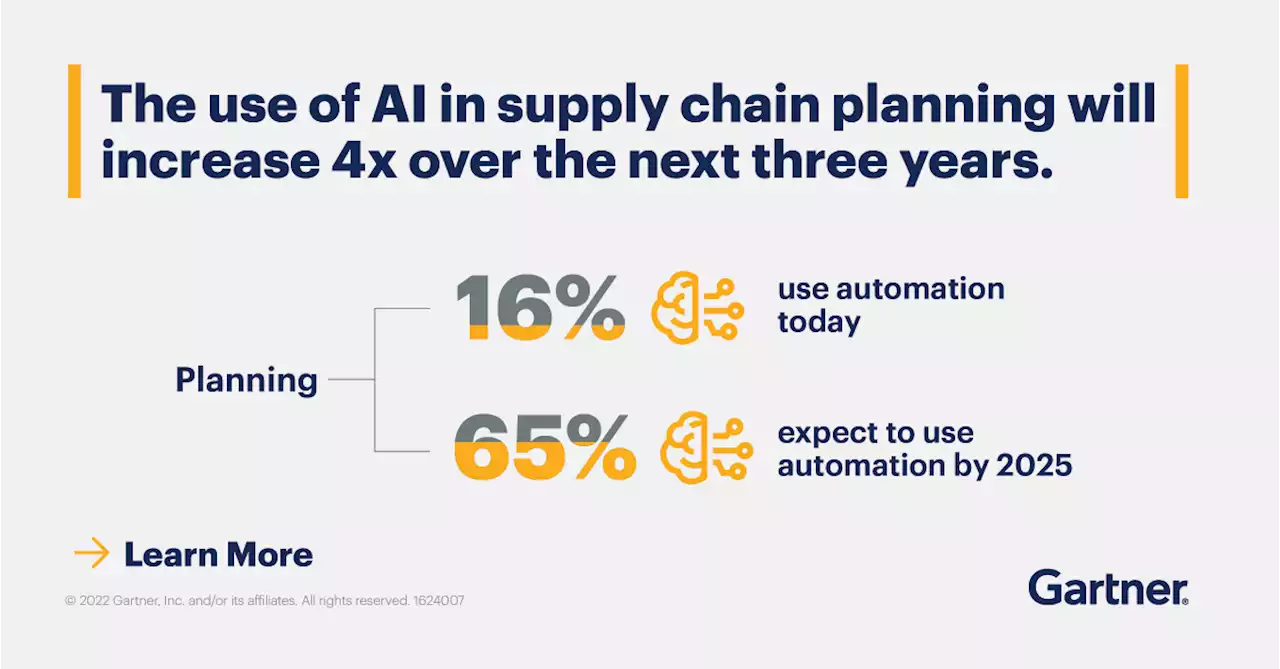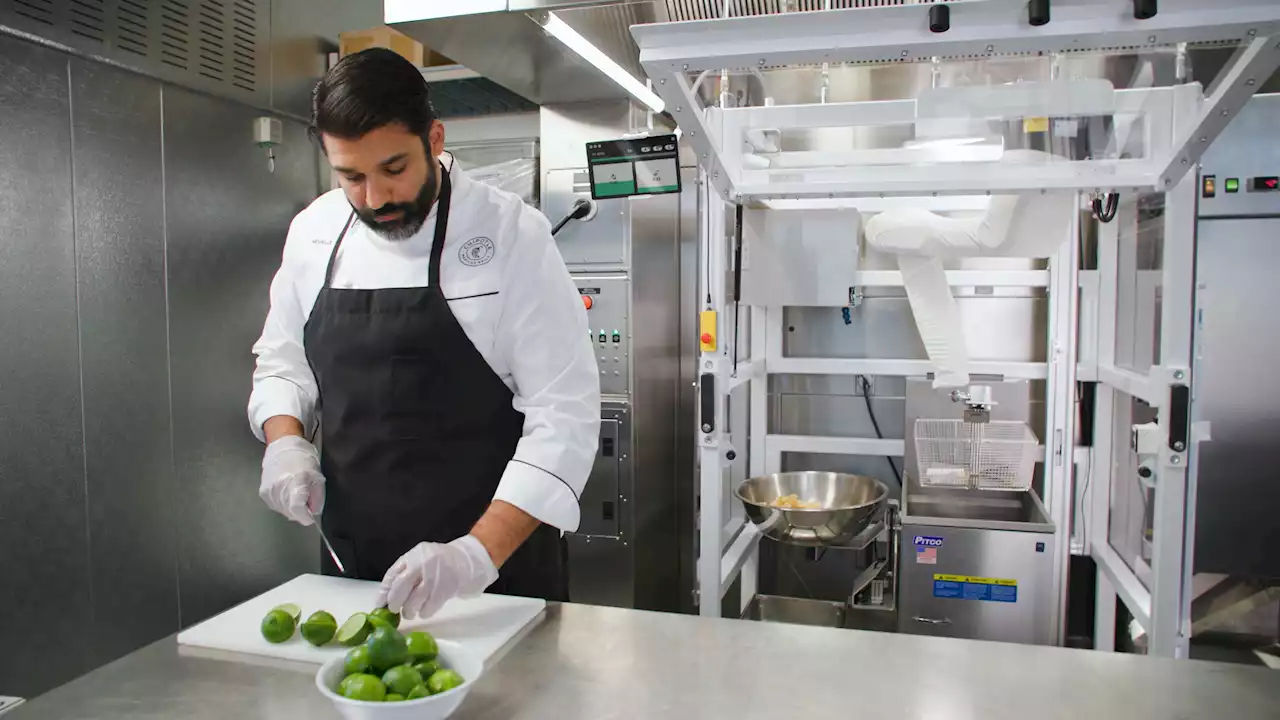Developers of artificial intelligence must learn to collaborate with social scientists and the people affected by its applications.
Beginning in 2013, the Dutch government used an algorithm to wreak havoc in the lives of 25,000 parents. The software was meant to predict which people were most likely to commit childcare-benefit fraud, but the government did not wait for proof before penalizing families and demanding that they pay back years of allowances. Families were flagged on the basis of ‘risk factors’ such as having a low income or dual nationality.
But these won’t be enough to make AI equitable. There must be practical know-how on how to build AI so that it does not exacerbate social inequality. In my view, that means setting out clear ways for social scientists, affected communities and developers to work together. To spur fruitful collaborations, mandates and approaches need to be designed more effectively. Here are three principles that technologists, social scientists and affected communities can apply together to yield AI applications that are less likely to warp society.Vague calls for broader participation in AI systems miss the point. Nearly everyone interacting online — using Zoom or clicking reCAPTCHA boxes — is feeding into AI training data.
By contrast, social-work researcher Desmond Patton at Columbia University in New York City has built a machine-learning algorithm to help identify Twitter posts related to gang violence that relies on the expertise of Black people who have experience with gangs in Chicago, Illinois. These experts review and correct notes underlying the algorithm. Patton calls his approach Contextual Analysis of Social Media .
Indonesia Berita Terbaru, Indonesia Berita utama
Similar News:Anda juga dapat membaca berita serupa dengan ini yang kami kumpulkan dari sumber berita lain.
 Supply Chain AI | Supply Chain AI Guide | Gartner.comArtificial intelligence will have the greatest impact on the supply chain industry through 2025. How are you solving AI challenges in your supply chain? Check out Gartner_SC's latest report for 3 key strategies ➡ GartnerSC SupplyChainTechnology
Supply Chain AI | Supply Chain AI Guide | Gartner.comArtificial intelligence will have the greatest impact on the supply chain industry through 2025. How are you solving AI challenges in your supply chain? Check out Gartner_SC's latest report for 3 key strategies ➡ GartnerSC SupplyChainTechnology
Baca lebih lajut »
 AI 50 2022: North America’s Top AI Companies Shaping The FutureI’m a deputy editor at Forbes, overseeing our technology coverage online. Previously, I managed the technology and science team at NBCNews.com, which I joined as Internet columnist when it was still MSNBC and all the kids were into Friendster. Follow me on Twitter or Facebook.
AI 50 2022: North America’s Top AI Companies Shaping The FutureI’m a deputy editor at Forbes, overseeing our technology coverage online. Previously, I managed the technology and science team at NBCNews.com, which I joined as Internet columnist when it was still MSNBC and all the kids were into Friendster. Follow me on Twitter or Facebook.
Baca lebih lajut »
 AI 50 2022: North America’s Top AI Companies Shaping The FutureI’m a deputy editor at Forbes, overseeing our technology coverage online. Previously, I managed the technology and science team at NBCNews.com, which I joined as Internet columnist when it was still MSNBC and all the kids were into Friendster. Follow me on Twitter or Facebook.
AI 50 2022: North America’s Top AI Companies Shaping The FutureI’m a deputy editor at Forbes, overseeing our technology coverage online. Previously, I managed the technology and science team at NBCNews.com, which I joined as Internet columnist when it was still MSNBC and all the kids were into Friendster. Follow me on Twitter or Facebook.
Baca lebih lajut »
 AI Ethics And The Law Are Dabbling With AI Disgorgement Or All-Out Destruction Of AI As A Remedy For AI Wrongdoing, Possibly Even For Misbehaving Self-Driving CarsA rising use of AI Disgorgement or the destroying of an AI system is being undertaken by governmental authorities, but the question is whether this is the proper thing to do and whether it is realistically feasible. This includes too for AI-based self-driving car.
AI Ethics And The Law Are Dabbling With AI Disgorgement Or All-Out Destruction Of AI As A Remedy For AI Wrongdoing, Possibly Even For Misbehaving Self-Driving CarsA rising use of AI Disgorgement or the destroying of an AI system is being undertaken by governmental authorities, but the question is whether this is the proper thing to do and whether it is realistically feasible. This includes too for AI-based self-driving car.
Baca lebih lajut »
 AI Upstart Waabi Adding Self-Driving Veterans In Race To Commercialize Robot TrucksThe Toronto-based company is expanding to add hardware engineers to integrate sensors, lidar, vision and computing systems into trucks as it shifts to real-world testing.
AI Upstart Waabi Adding Self-Driving Veterans In Race To Commercialize Robot TrucksThe Toronto-based company is expanding to add hardware engineers to integrate sensors, lidar, vision and computing systems into trucks as it shifts to real-world testing.
Baca lebih lajut »
 Chipotle Is Testing An AI-Driven Robot To Make Its Tortilla ChipsMiso Robotics' Chippy is in test at the Chipotle Cultivate Center with plans to eventually integrate into a Chipotle restaurant in Southern California later this year.
Chipotle Is Testing An AI-Driven Robot To Make Its Tortilla ChipsMiso Robotics' Chippy is in test at the Chipotle Cultivate Center with plans to eventually integrate into a Chipotle restaurant in Southern California later this year.
Baca lebih lajut »
